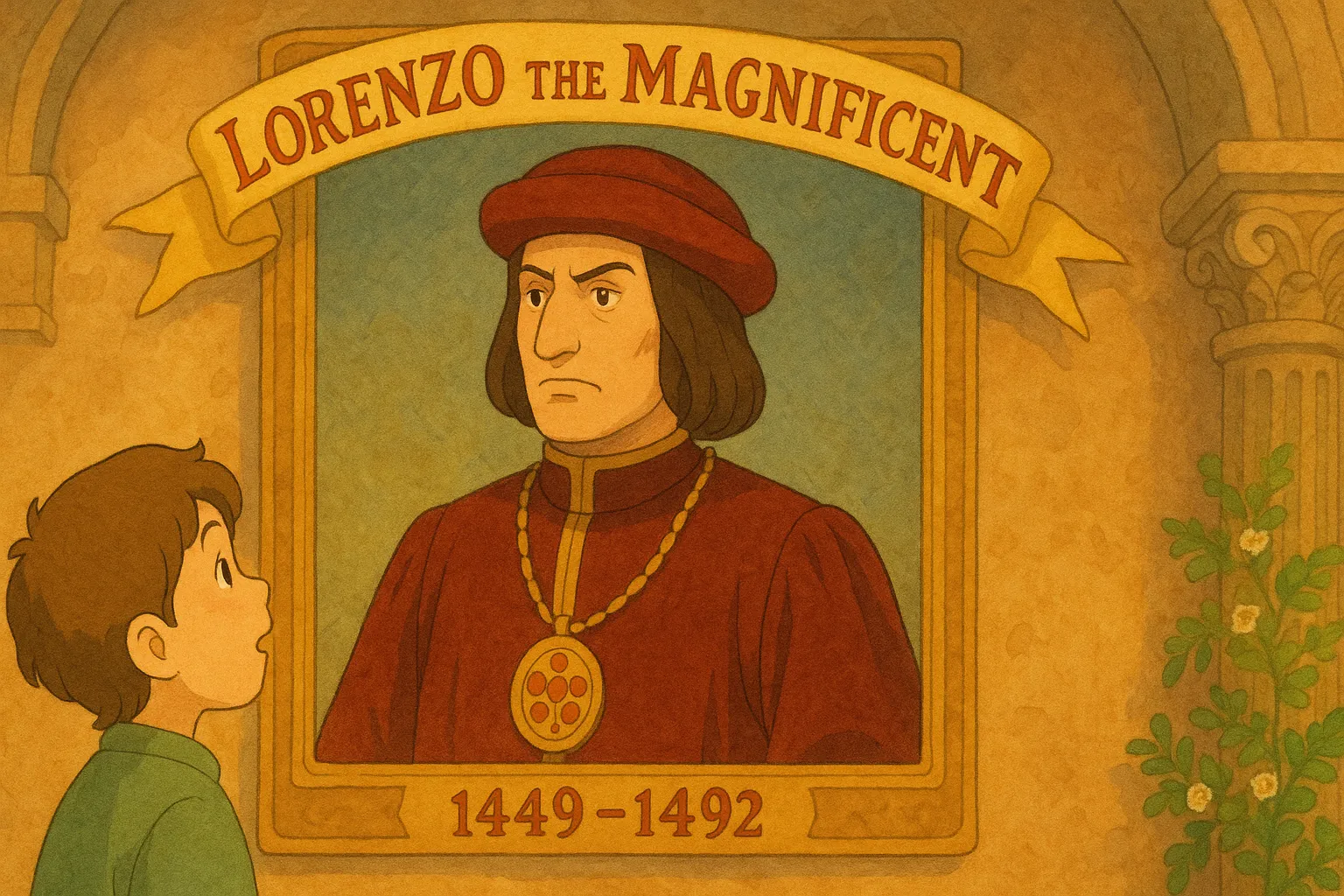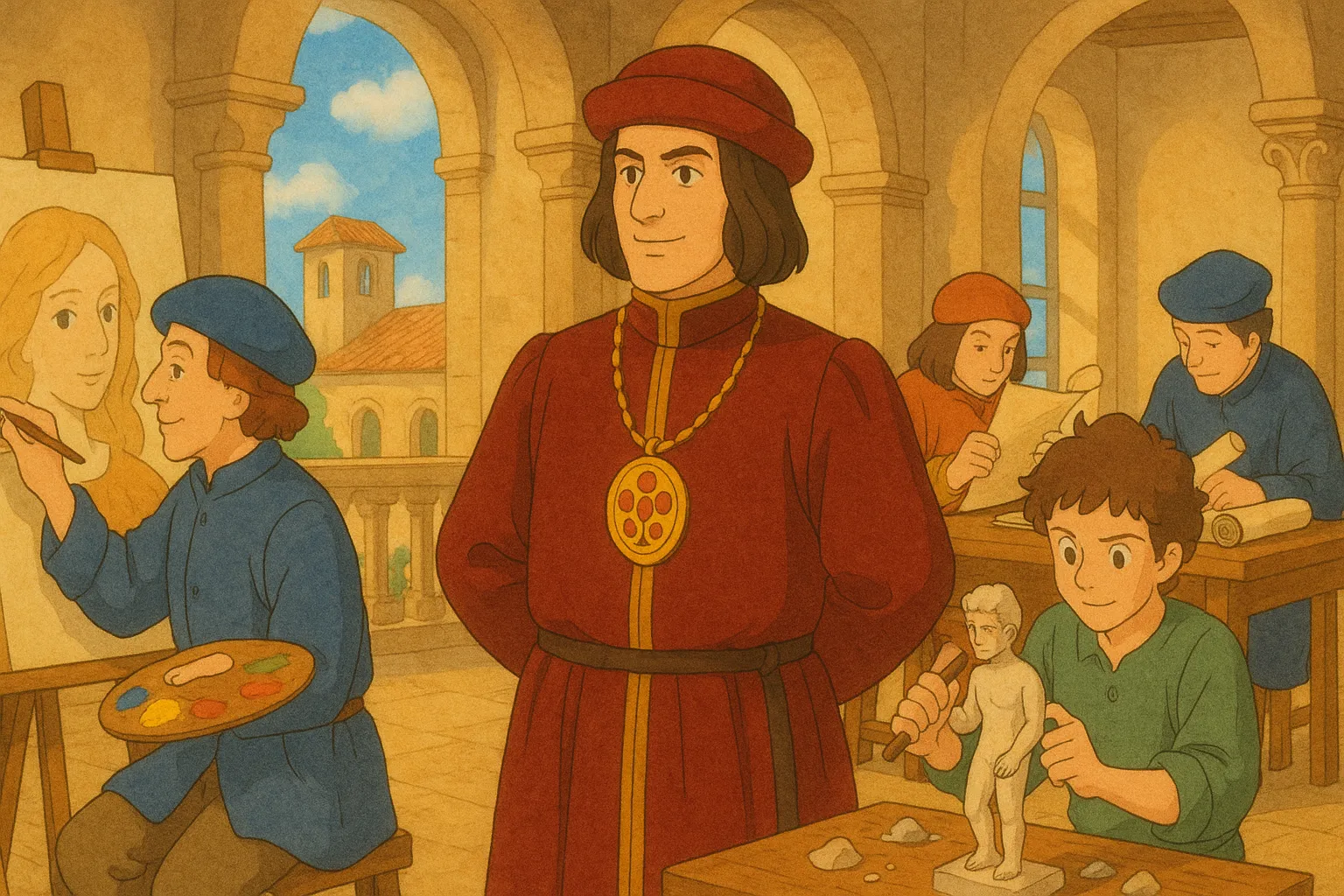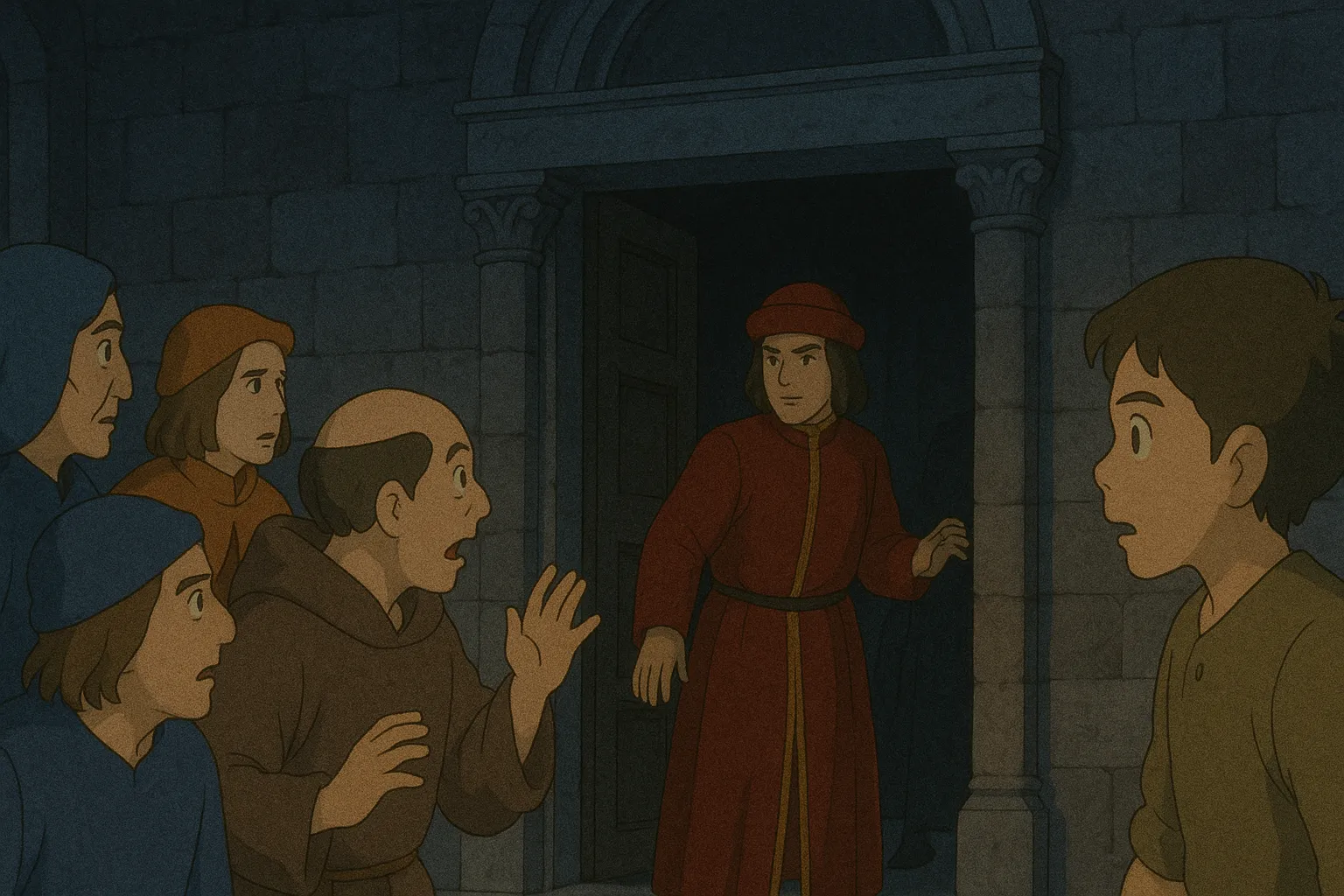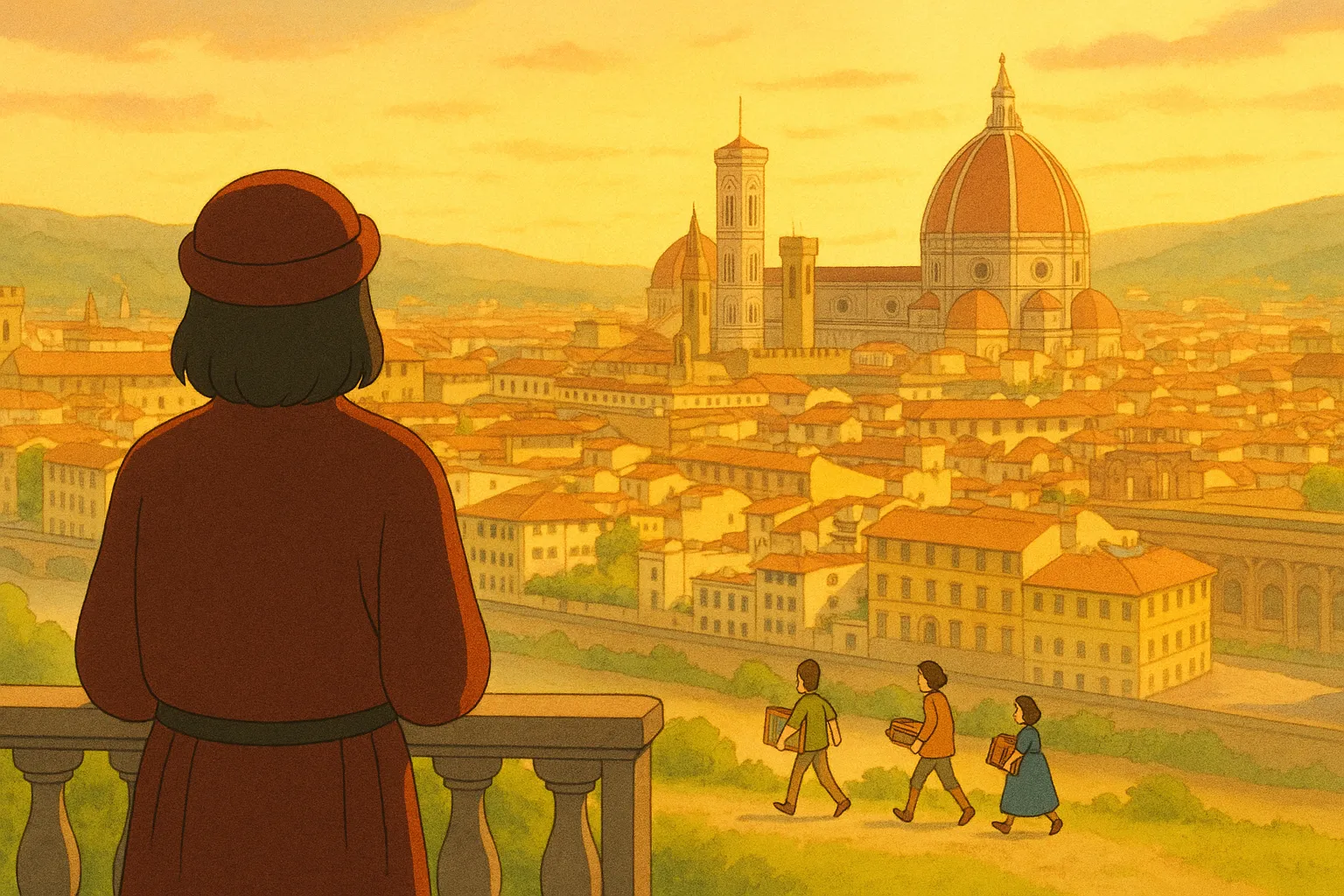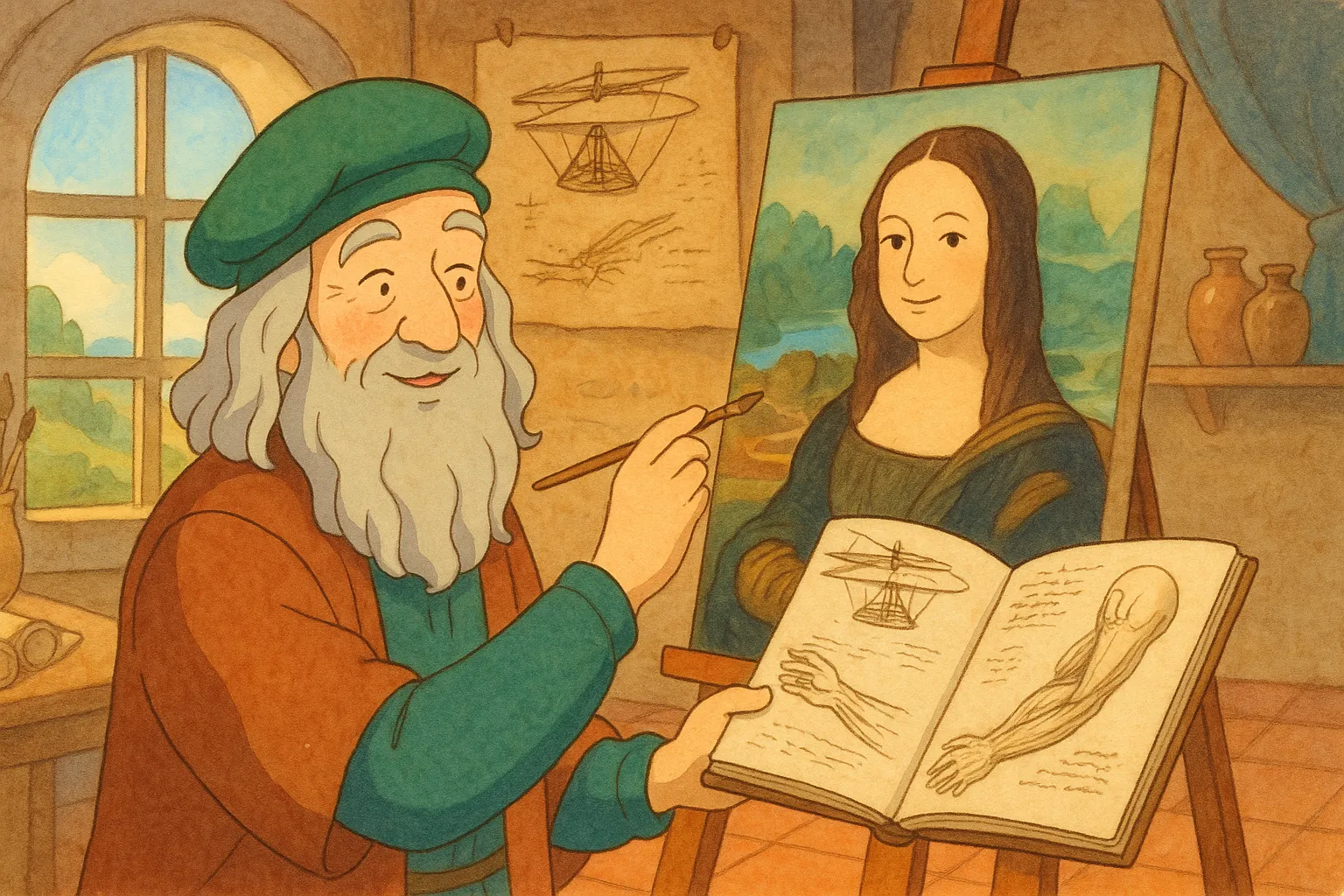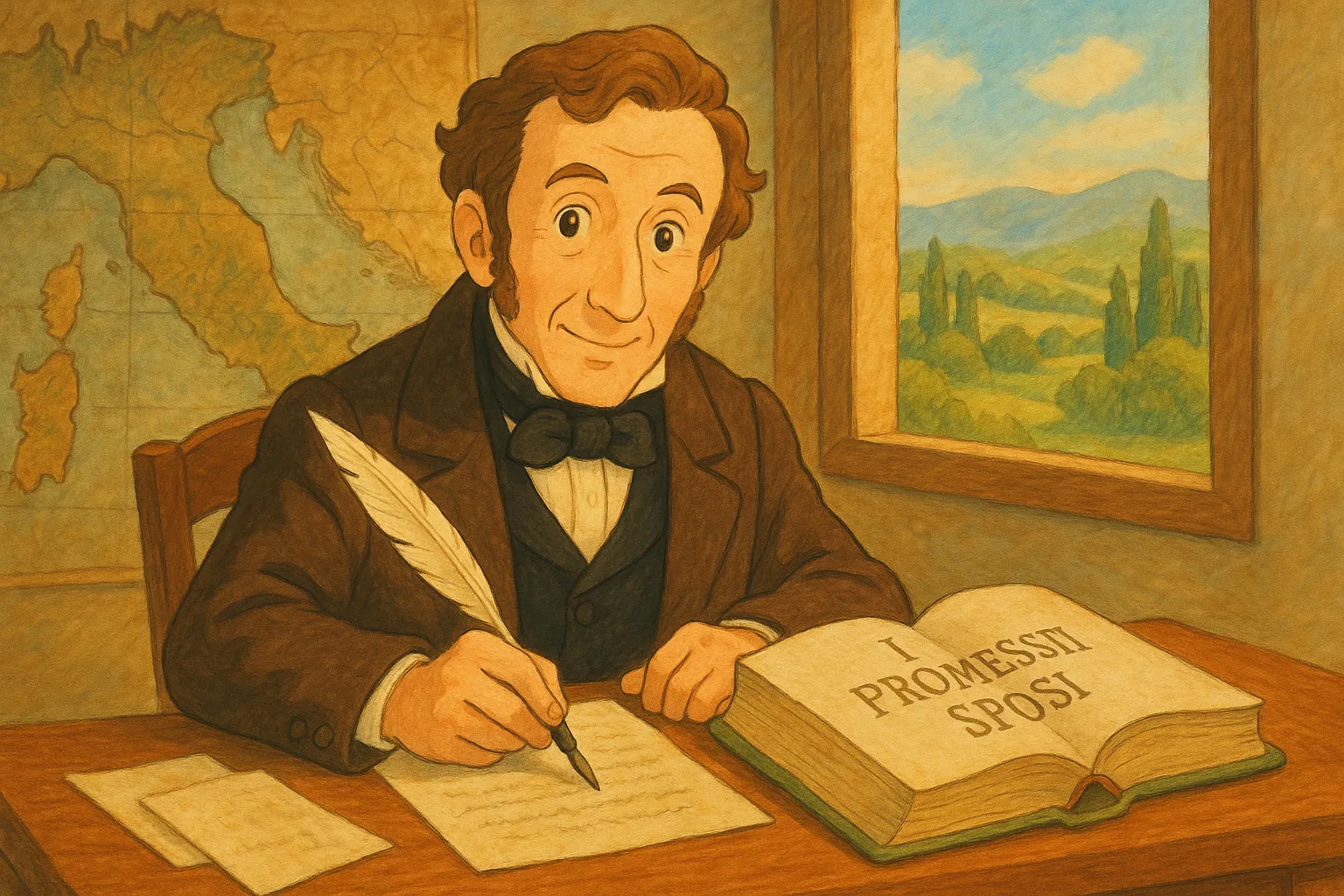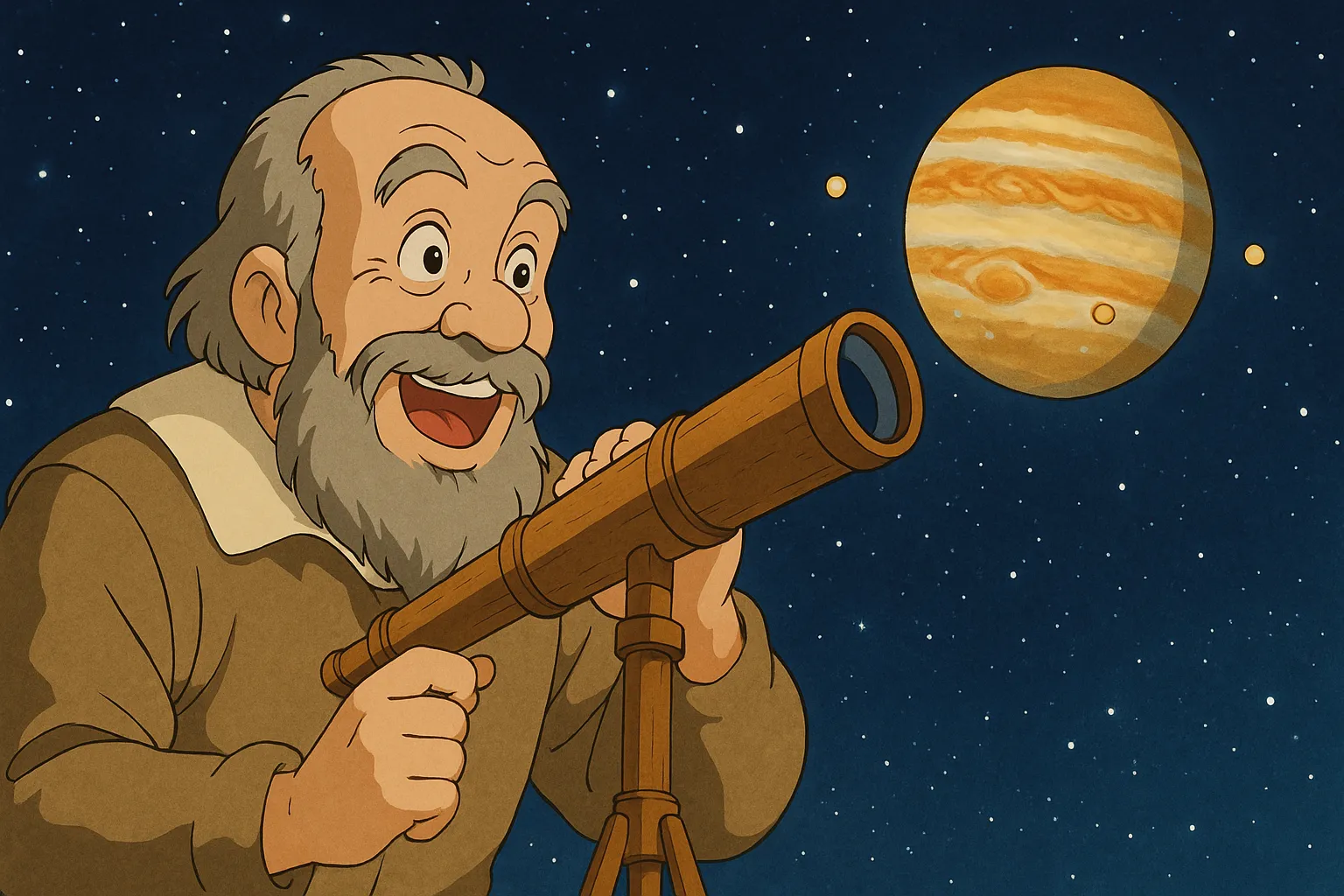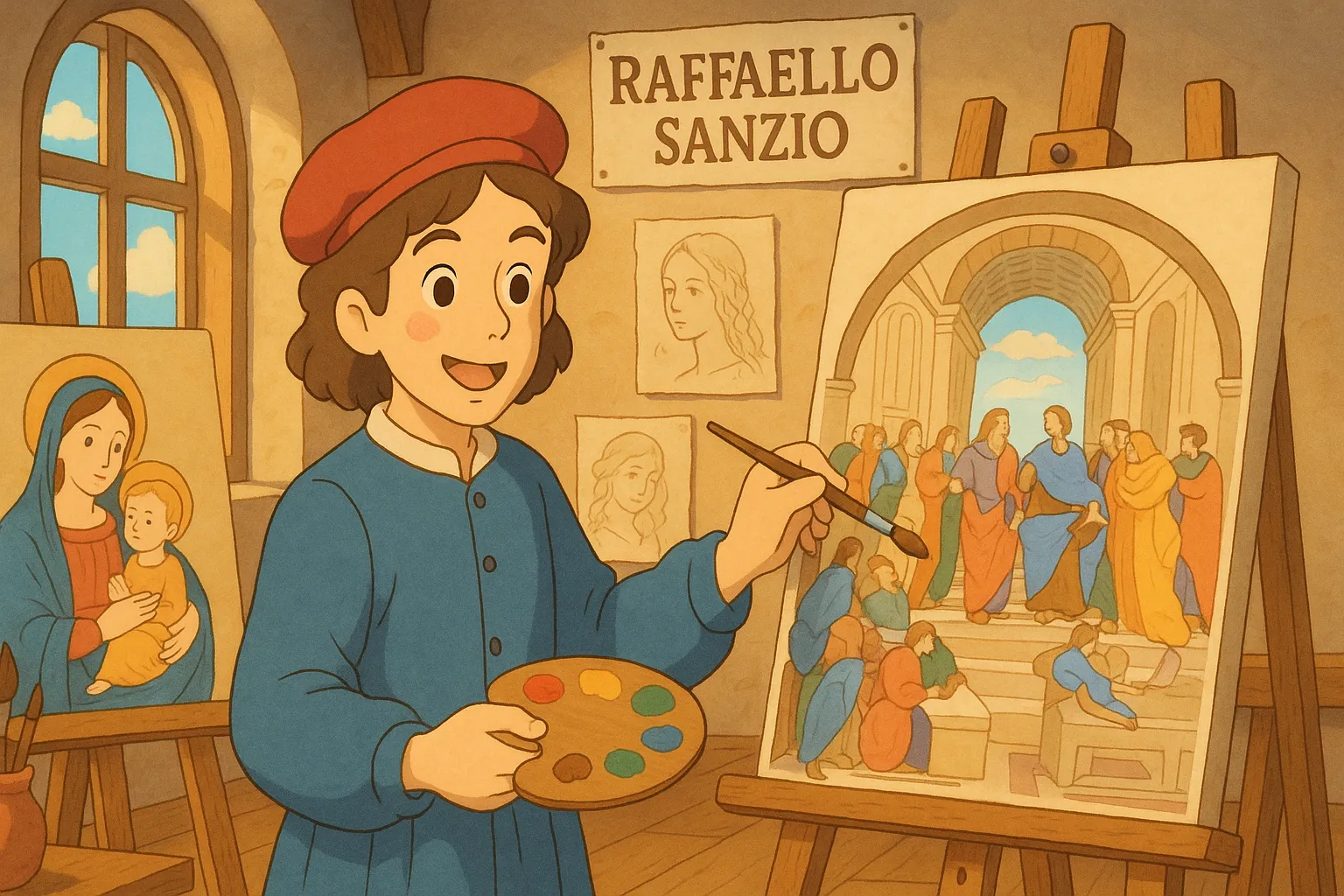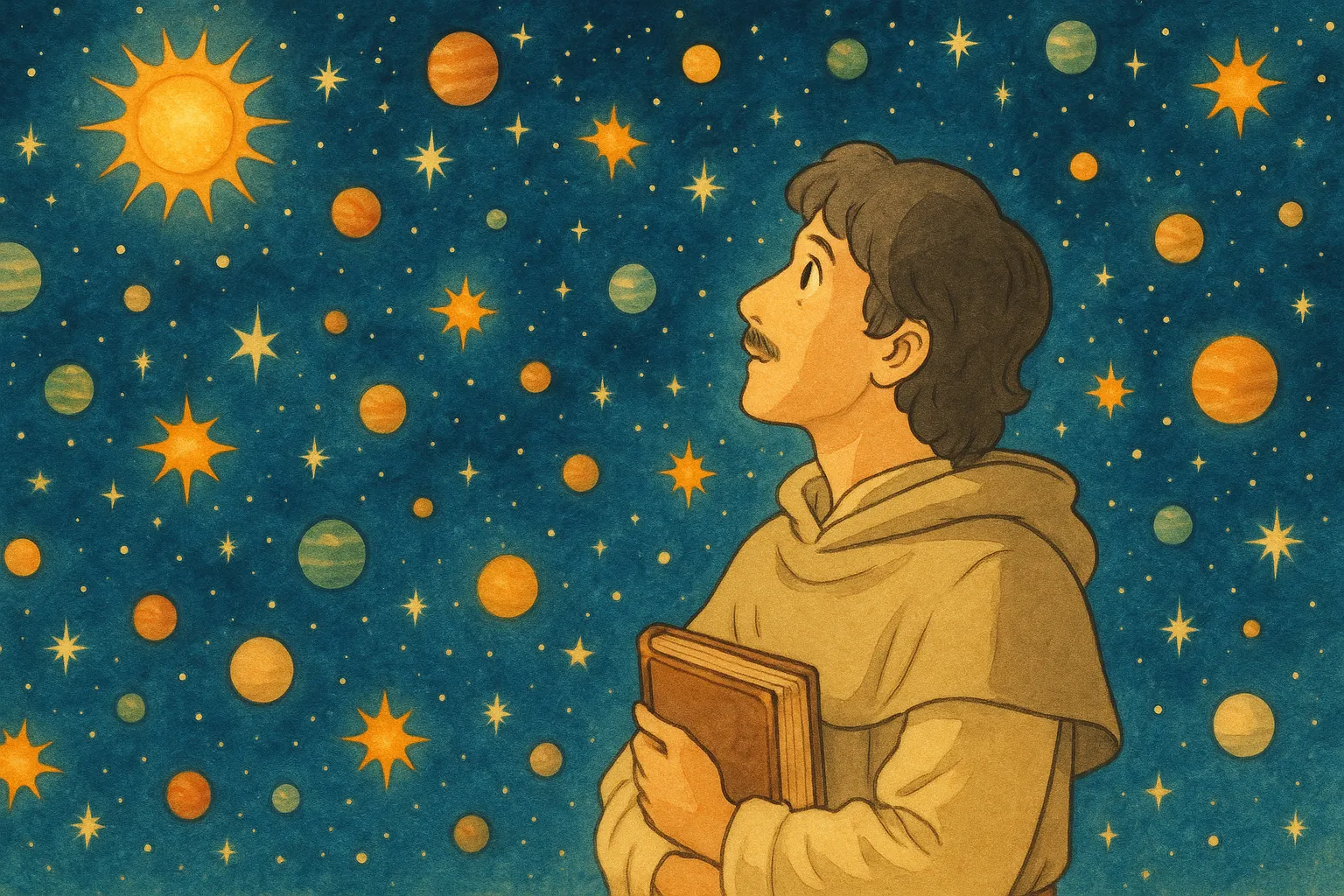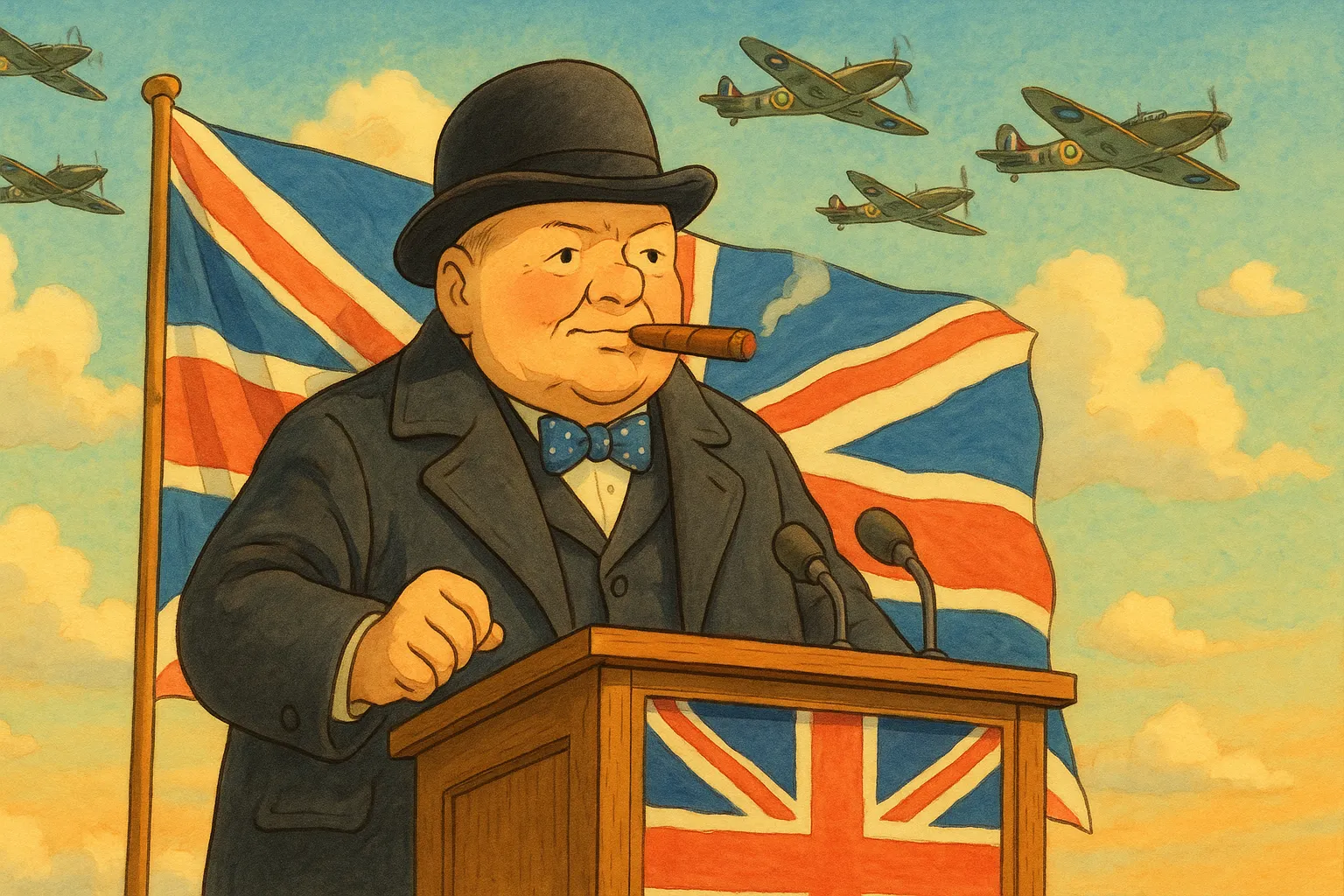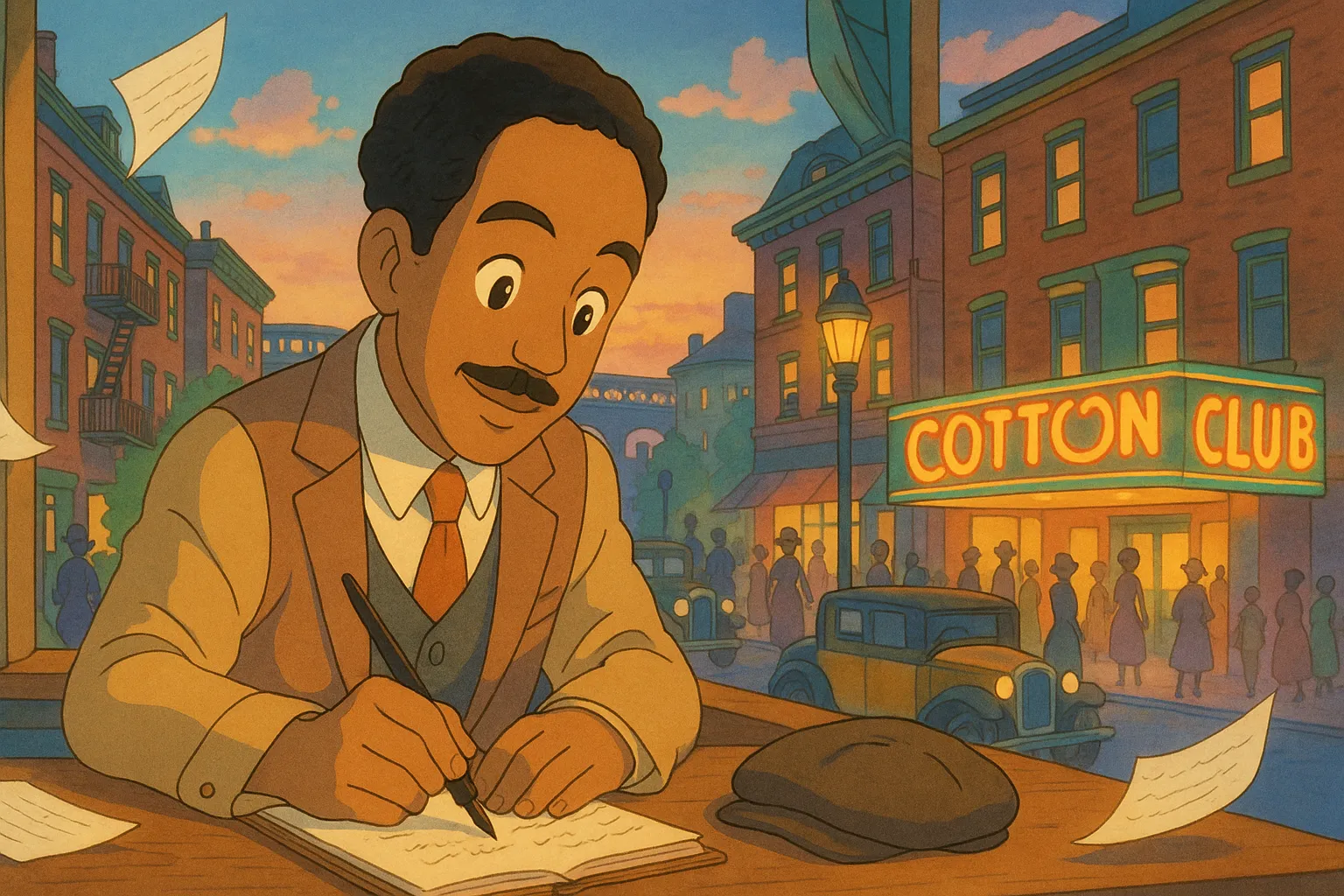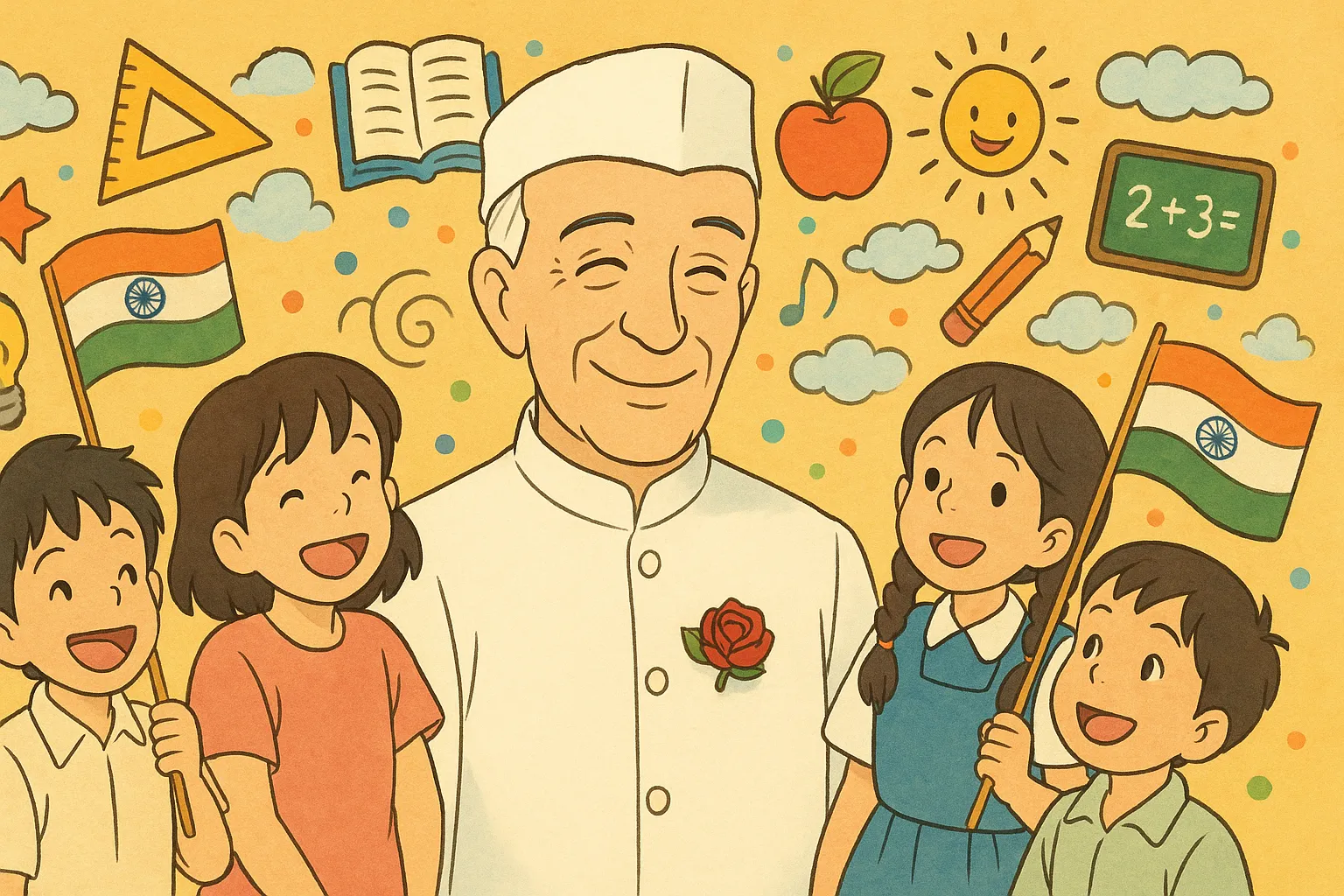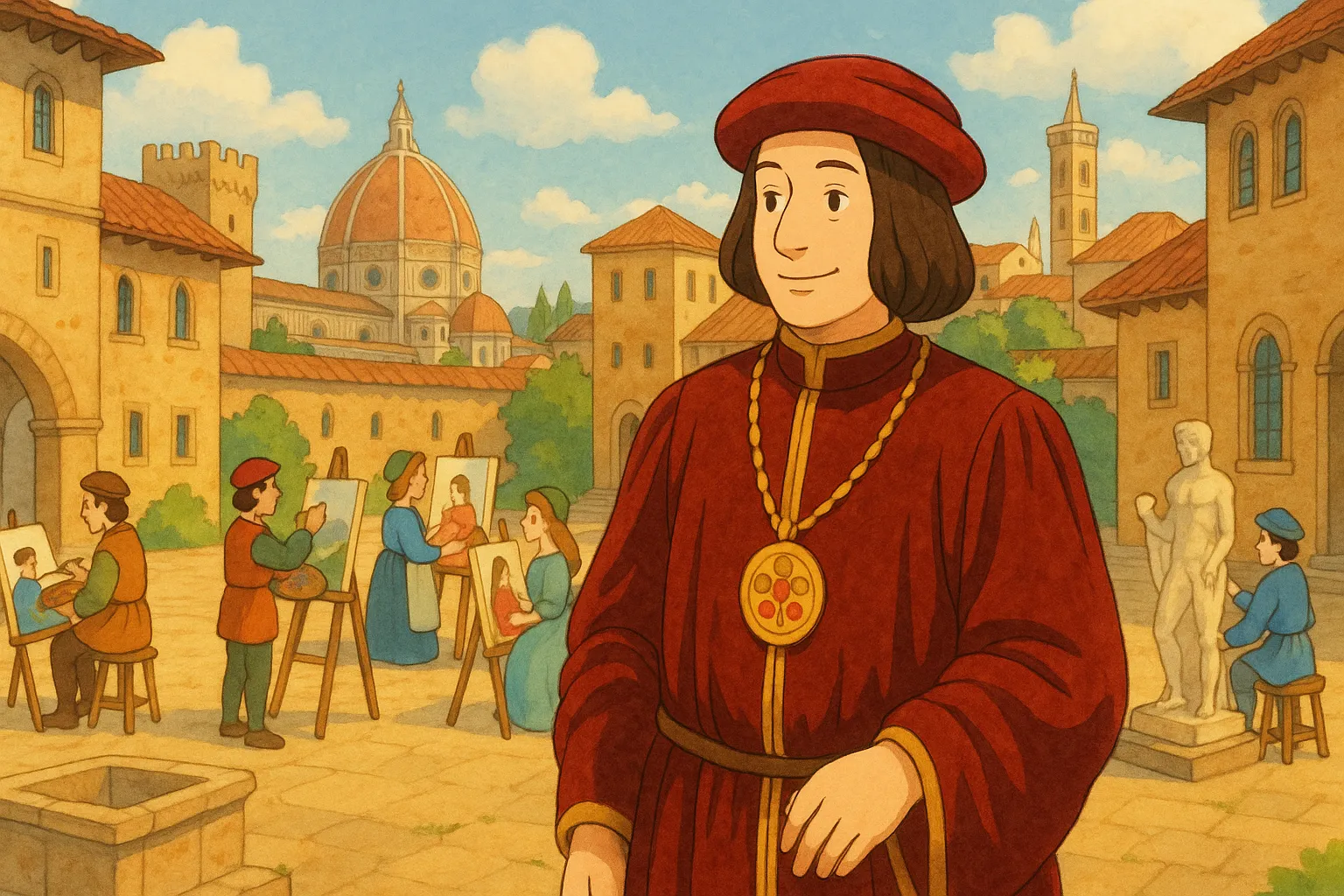
Lorenzo de' Medici

1449-1492
Florence's Renaissance leader and patron
Veröffentlicht: October 4, 2025
Häufig gestellte Fragen
Why was he called 'the Magnificent'?
People admired his generosity to artists, his powerful leadership, and the grand cultural life he supported—so the nickname celebrated his greatness.
Was Lorenzo a king?
No. He was the head of the Medici family and the de facto leader of Florence, ruling by influence, money, and diplomacy rather than by royal title.
Did Lorenzo create the art himself?
He was a poet and wrote, but he is most famous for supporting and paying artists and thinkers rather than for painting or sculpting himself.
How did he help young artists?
He paid them, offered places to work and learn, introduced them to scholars, and protected their work so they could focus on making great art.
